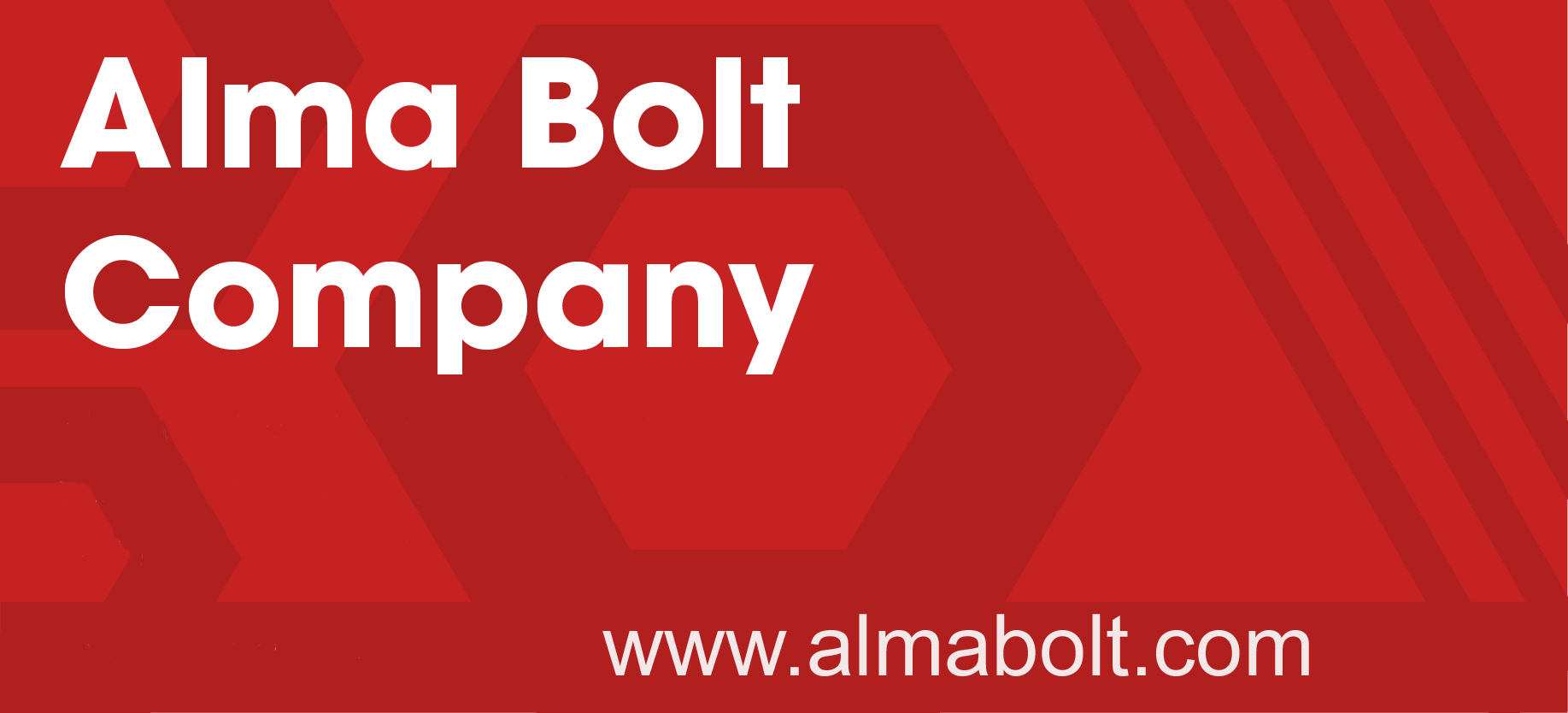Fasteners by Type
The FCH Sourcing Network has over a million and a half fasteners in our database of first-run, surplus, odd lot, slow-moving and hard to find fasteners.
Anchors - Anchors are any of several types of bolts, screws, inserts, rod that are inserted into and fixed in masonry or structural supports as a hold for framing, shelves etc.
Bolts & Cap Screws - Hex bolts and hex cap screws feature a large fastener head for distributing clamping load. These fasteners are used at high tensions and temperatures. Cap screws have a washer face underneath the head and are used in precise applications. In Europe, a cap screw refers to a bolt-type fastener that is fully threaded, whereas a bolt is the part-threaded equivalent.
Inserts (Rivet Nuts, Helical Screw etc.) - Threaded inserts, also known as a threaded bushings, are fastener elements that may be inserted into an object to add a threaded hole. Inserts may be used to repair stripped thread, provide strong threaded holes in soft materials, or add a thread to a material too thin to accept it.
Keys - Keys are shaped pieces of metal, pins, bolts, or wedges inserted into a hole or between parts so as to lock the parts together and stop them from moving relative to each other.
Nuts - Nuts, or mating fasteners, are available in hundreds of different shapes and sizes for any project or application. Varieties are normally hexagonal or square in shape, and have either coarse or fine internal threads that correspond to those of a mating bolt or screw.
Pins - Pins are available in many varieties for specific jobs where additional strength is required to secure materials.
Retaining Rings & Clips - Retaining rings, or circlips, are spring-type fasteners that hold components or assemblies onto a shaft or in a housing/bore when installed in a groove. Once installed, the exposed portion of the retaining ring acts as a shoulder which restricts the movement, or retains the specific component or assembly.
Rivets - Rivets are fasteners used to permanently hold two pieces of material, usually metal, together. In general, riveting involves placing the shank of the rivet through a specific-sized hole in two or more materials, and then tightening by deforming the tail end of the rivet.
Screws - Screws are one of the most versatile, useful types of fasteners, and are available in multiple sizes and styles. In different countries, and in different industries, there is some confusion in the distinction between screws and bolts. Some definitions of screws include the requirement that they be fully threaded, and these may also often be called Bolts.
Spacers & Standoffs - In the context of fasteners, spacers are non-threaded seperators inserted between two other objects to keep them a constant distance apart. A standoff is a fastener (often threaded), used in the electronics industry to keep two assemblies (such as a circuit board and a surface), a defined distance apart.
Studs & Threaded Rod - Studs and threaded rods are fasteners that are designed primarily to be used in tension. They differ from bolts and screws in that they do not have heads (but can be used for similar purposes), and they differ from each other mainly by their length. They can be fully threaded, or just have threads at each end.
Washers - Washers are usually manufactured from thin plate (disk-shaped or square) with a hole to fit under the head of a fastener in order to distribute the load and increase the hold of the fastener by increasing the bearing surface.
Pipe & Tube Fittings - In general, the difference between tubes and pipes is in how they are specified. Tubes are generally specified by their outside diameter, and pipes are usually specified by their inside diameter. Tubes are generally recognized as having a thinner wall. Fittings are the connectors (Elbows, Crosses, Tees, etc.), that are used to join segments together or to interface with them.
Rigging (Cable, Wire & Accessories) - Rigging is the general term associated with the wires,chains, cables and fittings used to tie and lift heavy items. Wire ropes and cables usually consist of groups of smaller wires twisted together as strands. Larger diameters are generally referred to as wire ropes, and smaller diameters as cables. Rigging fittings include clips, sleeves, ferrules, and other hardware used to construct assemblies so they can be used for applications involving tension.
Electronic Components & Hardware - Electronic hardware is a very wide product category that encompasses any item used in the electronics and electrical industry. The range of items varies widely from items such as conduit clamps and electrical lugs and terminals, through PC Boeard guides, to strain relief bushings.
Industrial Hardware - Industrial Hardware is another of the wide range of products sold to manufacturers along with fasteners. These items, which are often used with fasteners to assemble machinery and products, can vary from items as simple as O-Rings and Oil Seals, through grease fittings and grommets, to torsion springs and sprockets.
Power Tool Accessories - Power Tool Accessories are the wide group of accessory items that are used both at home and in the factory through attactment to a power tool such as an electric drill. These accessories encompass the complete range of items from metal drill bits and router bits, through machine taps and dies to band saw blades, flap disks, and cut-off wheels.
Hand Tools - Hand tools are any tools that are manipulated by hand rather than by a powered tool. Categories of hand tools include wrenches, pliers, cutters, striking tools, struck or hammered tools, measuring tools, screwdrivers, saws, and knives.
Adhesives & Sealants - Adhesives, sealants, and adhesive tape can be used both at home, in construction, and in manufacturing. An adhesive is a glue-like substance used to firmly join items together. A sealant is a substance used to block the passage of fluid through a joint. Sealants may also have adhesive properties. Adhesive tapes are any one of a variety of backing materials coated with an adhesive compound.
Safety Equipment - Safety equipment is another of the wide range of products sold to manufacturers along with fasteners. In this case, the items range from eye protection, hearing protection, hand protection and warning signs.
Raw Materials - In the context of fasteners, raw materials are the raw rod or wire which is the primary input into the machinery used to manufacture the fasteners. In this context, Raw Materials could be rolled or polished rod, square or rectangular bar, key stock, or drill rod.
Power Transmission - Power Transmission covers all of the accessories fitted in equipment that transmits power, from the power source to the receiving agent or machine. These accessories include pulleys, shafts, bearings, sprockets, drive couplings, gears, yoke ends, etc.
- See also fasteners by ASME Specification
- See also fasteners by IFI Specification
- See also fasteners by DIN Specification
- See also fasteners by ISO Specification
- See also fasteners by JIS Specification
- See also fasteners by British Standard Specification
Many FCH Network Member companies sell their fasteners directly to end users, and others sell only to other distributors. Some list pricing information and some do not. The database is open for search by anyone with an internet connection, however members who login to the website receive additional benefits and more extensive fastener listings.

